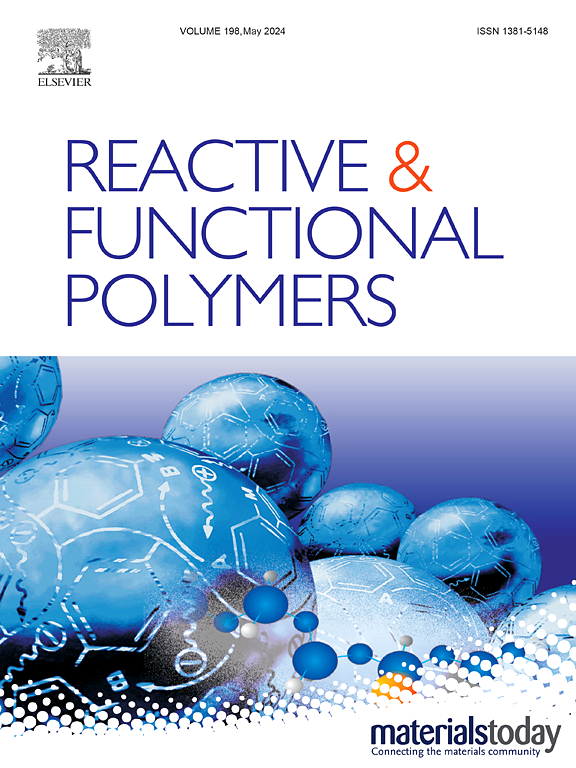Superabsorbent polymers: Eco-friendliness and the gap between basic research and industrial applications
IF 4.5
3区 工程技术
Q1 CHEMISTRY, APPLIED
引用次数: 0
Abstract
Superabsorbent polymers (SAPs) are versatile materials, indispensable in the design of various products (98 % of SAPs in the hygiene sector, and 2 % of SAPs in agriculture, biomedical, water treatment and civil engineering) due to their ability to absorb massive quantities of fluids. SAPs are mainly made from polyacrylate derivatives despite their high ecological footprint, because of their high absorption capacities and their low cost. This reality forces some players in the field to envisage a more sustainable future through the development of eco-friendly SAPs. However, the notion of SAPs is often generalized independently of their field of application, and the procedures used to evaluate their performance are sometimes far removed from the standardized procedures essential to their industrial applications. This review attempts to give readers clear definitions of SAPs depending on their applications. It aims also to take stock of existing standardized and normalized procedures for qualifying them. It highlights the cruel reality in this field, distinguishing eco-friendly “SAP” materials from those that are not. Finally, it recontextualizes the subject proposing a clear approach to adopt and showing that the industrial application potential of “eco-friendly and biodegradable SAP” is poorly understood when it is not evaluated according to industrial requirements.

求助全文
约1分钟内获得全文
求助全文
来源期刊

Reactive & Functional Polymers
工程技术-高分子科学
CiteScore
8.90
自引率
5.90%
发文量
259
审稿时长
27 days
期刊介绍:
Reactive & Functional Polymers provides a forum to disseminate original ideas, concepts and developments in the science and technology of polymers with functional groups, which impart specific chemical reactivity or physical, chemical, structural, biological, and pharmacological functionality. The scope covers organic polymers, acting for instance as reagents, catalysts, templates, ion-exchangers, selective sorbents, chelating or antimicrobial agents, drug carriers, sensors, membranes, and hydrogels. This also includes reactive cross-linkable prepolymers and high-performance thermosetting polymers, natural or degradable polymers, conducting polymers, and porous polymers.
Original research articles must contain thorough molecular and material characterization data on synthesis of the above polymers in combination with their applications. Applications include but are not limited to catalysis, water or effluent treatment, separations and recovery, electronics and information storage, energy conversion, encapsulation, or adhesion.
 求助内容:
求助内容: 应助结果提醒方式:
应助结果提醒方式:


